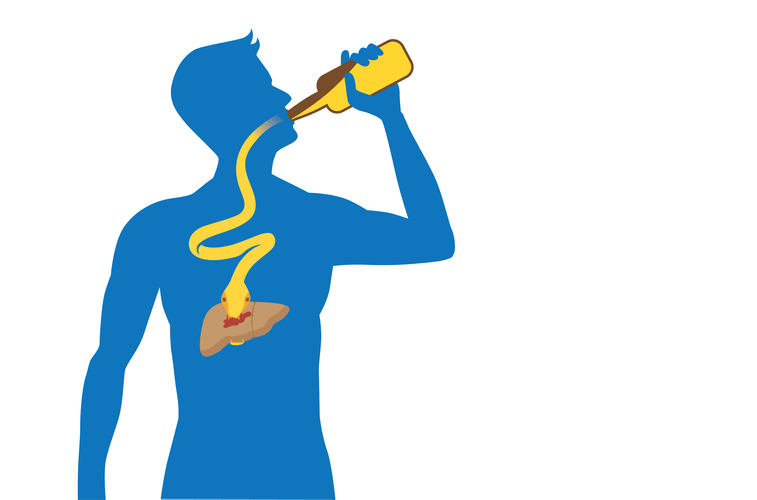Rhinophyma — also sometimes referred to as “alcoholic nose” — is a physical condition that many people assume is caused by alcohol use disorder (alcoholism). A family history of rosacea or skin conditions may increase susceptibility to developing an alcoholic nose. A purple alcoholic nose nose can indicate underlying issues with blood circulation or inflammation. In the case of an alcohol nose, the purplish tint is often caused by dilated blood vessels and increased blood flow to the area. Drinking alcohol excessively can worsen this condition as it dilates capillaries, making discoloration more prominent. Other factors, such as rosacea or cold weather, can also contribute to a purple nose.
Drinker’s Nose
Understanding your body’s response to different alcoholic beverages can help in managing your symptoms more effectively. Have you ever wondered about the mysterious connection between alcohol and the red, swollen nose phenomenon? 🤔 In this insightful article, we dive deep into the world of the “Alcoholic Nose,” exploring its origins, defining characteristics, and dispelling common myths. However, an examination by the University of South Florida Morsani College of Medicine in 2015 disproved this theory. Considerable patients in the examination were clinically diagnosed with rhinophyma but did not suffer from alcoholism or even drink regularly. An Sobriety alcohol nose is a condition caused when alcohol is broken down in the body, producing an unpleasant smell.

Symptoms of Rhinophyma
That said, alcohol and caffeine can both temporarily dilate blood vessels, which seems to worsen rhinophyma. However, excessive alcohol consumption can certainly make things worse for those already predisposed to rosacea and rhinophyma. Alcohol’s impact on the sebaceous glands and its role in triggering rosacea flare ups mean that those who drink alcohol regularly are more likely to see their symptoms worsen.
Physical Signs of an Alcoholic
Seeking assistance can greatly improve one’s quality of life and reduce the negative impacts of substance abuse. Various treatment options are available, catering to different needs and circumstances. Inpatient rehabilitation programs offer thorough support, providing a structured environment for recovery. These programs typically include medical supervision, therapy, and counseling.

Why Do Alcoholics Have A Purple or Red Nose?
Cortisone creams are best avoided as these can worsen the condition and even in some people cause a rosacea-type of rash. The rosacea may begin first anywhere in the central face however in this form the nose is always the worst affected area. In rhinophymatous rosacea the inflammation is usually more aggressive, with tender red lumps on the nose and pimple-like pustules occurring frequently. More severe cases should be referred to a specialist, who may consider using topical ivermectin and brimonidine, or oral isotretinoin. If you have rosacea and struggle with alcohol use, you might be putting yourself at risk of experiencing more severe side effects of rosacea.
- Our compassionate team specializes in guiding women toward healthier lives with evidence-based treatments and personalized care.
- Since stress can trigger rosacea flares, developing effective stress management techniques is an important part of treatment.
- The mechanism behind this effect lies in alcohol’s ability to affect the smooth muscles surrounding the blood vessels.
- The misshapenness often grows much worse if you continue drinking to the point of blocking your nostrils and developing pus-filled oily lumps.
- While genetic predisposition cannot be prevented, early recognition and treatment of rosacea can help prevent progression to rhinophyma.
According to a 2018 National Survey on Drug Use and Health (NSDUH), alcohol-related causes contribute to the deaths of approximately 88,0005 each https://ecosoberhouse.com/ year. Addiction is complicated, and dealing with addiction and other conditions can be even more complicated. That means it’s even more important than usual to make sure you’re getting treatment and have extra help and support while dealing with the addiction.
- Our editorial team ensures accuracy, sourcing, and objective analysis, with each article fact-checked by an editor.
- Rosacea, itself, is a condition that causes redness, swelling, and bumps on the skin, mostly on the face and neck.
- Feeling so self-conscious about the appearance of a nose with rhinophyma can become a great source of anxiety for some people.
- This often looks like some exaggerated patches of red on the face with thin spidery lines along the cheeks and other parts of the face, which are the visible blood vessels.
If you have any questions about our programs, services or the recovery process itself; please connect with us now. In some cases, infections arise due to the entrapment of bacteria in the inflamed skin. If this happens, oral antibiotics—like tetracycline—may be necessary to help manage and eliminate infection. With antibiotics, make sure you take the full course you’ve been prescribed. Even though symptoms may improve, a full course of antibiotics ensures it doesn’t return.
For some individuals with alcohol addiction, enrolling in a treatment program outside their local community can be more effective. This way, they are not inundated with negative social forces and stigma near home. This permits drinking triggers to lapse while improving their chances of clinging to an alcohol sobriety and recovery program.
Alcohol Nose and Rhinophyma
- A bulbous nose is caused by rhinophyma, a subtype of rosacea characterized by thickened skin and inflammation.
- The We Level Up NJ alcohol treatment center can supply information on proper rehab and detox programs to fit your demands.
- Rosacea is a chronic skin condition and disorder that causes the skin to appear different in texture, pigment, and size than normal skin.
- The phrase alcoholic nose is another example of the stigma and misinformation surrounding alcohol use disorder.
- Additionally, alcohol-induced inflammation further exacerbates this process by causing fluid retention and tissue swelling, contributing to the enlargement of the nose.
The prognosis of rhinophyma is variable, and patients should be aware of the pathophysiology of the condition and its link to the underlying rosacea. Rhinophyma, also termed ‘end-stage rosacea’, is the most frequent phymatous manifestation of the disease. It starts as an accentuation of the normal tissue over the nose in adolescence and young adulthood.
